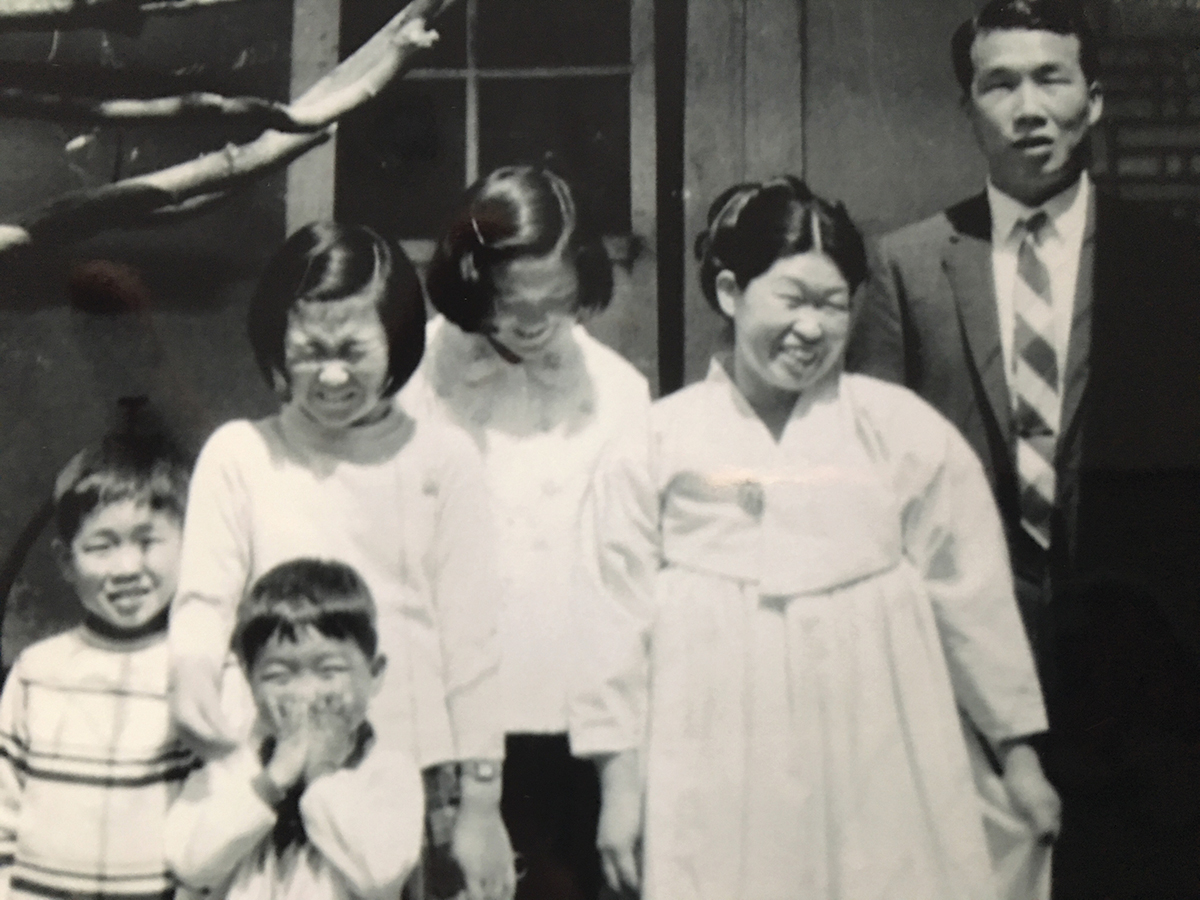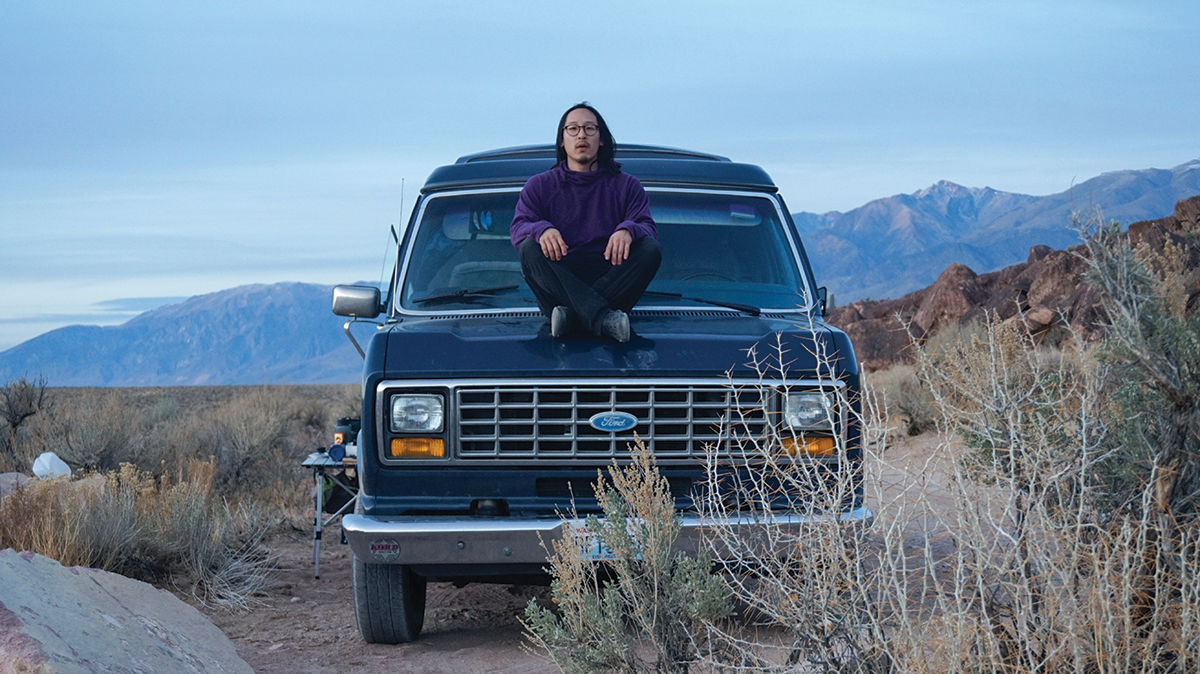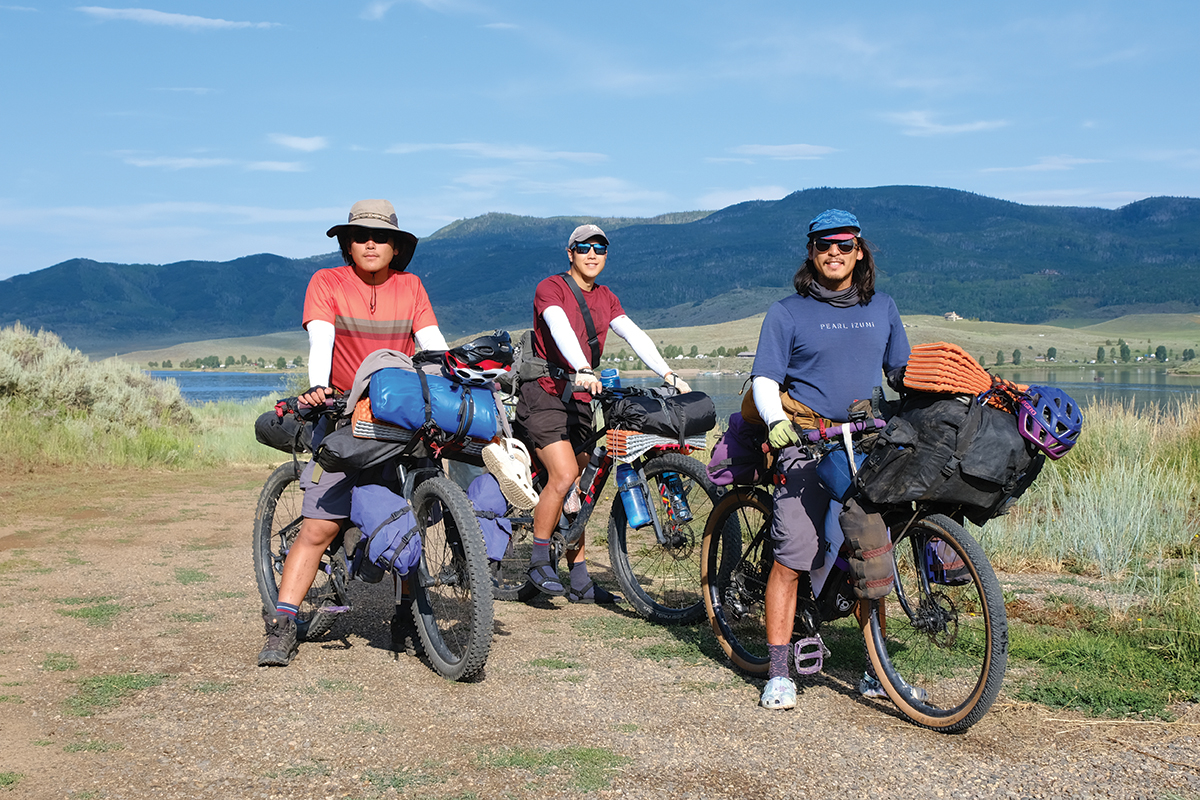Generational Joy
This article first appeared in the July 2022 issue of Adventure Cyclist magazine.
It was a sweltering 105°F outside of Tombstone, Arizona, as we headed east toward the Great Divide Mountain Bike Route (GDMBR). After being dropped off, we immediately grabbed our trowels and started digging in the nearby bushes while my childhood best friend froze, having never pooped outside before. “The nervous poops wait for no one,” I said as I quickly taught him the basics. Soon after, we were melting in the unbearable heat as we pedaled off into the Sonoran Desert in search of shade. Every sip of water tasted like hot tea as we took refuge under our umbrellas from the scorching sun.
A few hours later, we were surrounded by heinous cowpies invaded by a torrent of flies as I massaged my friend’s leg, which had seized up from heat exhaustion and dehydration. Later that night as we sent up camp, I found out that I packed the inner bug net and not the tent. Day One, check.
In the summer of 2021, I convinced two brand-new cyclists to join me on the GDMBR. Most adventure cyclists have probably heard of this famous Adventure Cycling route, but my 17-year-old little brother Matthew and my childhood best friend Young had zero context for what they were about to experience. Matthew had gone on a few backpacking trips in the Pacific Northwest with me, and Young is a New York City–trained actor and musician who had never been out in the backcountry or ridden more than 10 miles on a bike. The Great Divide and our film Riding Han were the focal points that brought us together.
We are three Korean Americans, born and raised in the U.S. in a suburb of Maryland where our outdoor access consisted of the neighborhood forests, local parks, and the occasional road trip three hours away to the Atlantic coast. None of us grew up with friends or family that had hobbies involving the outdoors besides school sports.
I am the first in my family to have the privilege of access to the great outdoors and outdoor activities. My immigrant parents grew up in poor rural areas in South Korea after the Korean War. Food was scarce and opportunities were lacking. For my parents, “the outdoors” wasn’t a hobby or choice — it was a way of life.

It wasn’t until I worked at my first job out of college that I was introduced to the outdoors. While sitting in the office, I saw the other employees wearing huge backpacks and taking students out on outdoor trips and thought to myself, “I’d rather be doing that.” A few years later, I found myself guiding outdoor trips out of the Pacific Northwest. It was out of chance that I stumbled upon the fact that one could make a living working outside. Out of my childhood circle of friends, I was the only one who went out West to seek those vast landscapes seen in nature documentaries.
For the first couple of years working in the outdoor industry, my parents didn’t understand what I did for work. My first year as a guide, I told them I would be living with a friend in Seattle when in actuality I was living out of a van out by Lake Washington. In my mind, it was a hard concept for my immigrant parents to understand what I was doing and to save the embarrassment of telling them their eldest son had decided to be a dirtbag.
In my second year of guiding, I invited my little brother out West as a scholarship participant on a backpacking trip I was leading. After the trip was over, Matthew told me that my parents grilled him when he got back home on what I did out there for “work.” The following year, I invited my parents out to Seattle and took them around the place I spent most of my summers, the Olympic Peninsula. After that trip, my parents finally understood; they stopped asking me questions about why I chose this line of work. As my parents retired, I see them spending more time in the outdoors and making it a priority in their lives.
Being able to share the outdoors with my family was something that brought me so much joy. It was only in the past few years that I stumbled upon the term “Intergenerational Outdoor Joy.” I define it as experiencing and sharing the joy of the outdoors with members of different generations. This has become more common within the BIPOC outdoor community, whether it’s sharing a certain outdoor activity or a trip with BIPOC friends and family, as access isn’t something that many communities of color have had.

If we take a look back through history, there are many reasons why there’s an adventure/nature gap with communities of color. There has always been the issue of generational wealth, access, and resources among Black and brown communities, including food deserts, redlining, the Dakota Access Pipeline, or dispossession of Native lands, to name a few. This disparity is systemic and historic, as shown in this article from the Center for American Progress published in 2020, but the pandemic’s movement into the outdoors highlighted an underaddressed problem: a disproportionate distribution of nearby outdoor spaces for low-income and communities of color.
According to a study conducted by the Conservation Science Partners and Center for American Progress, a census conducted in 2017 revealed that “communities of color are three times more likely than white communities to live in nature-deprived places. Seventy-four percent of communities of color in the contiguous United States live in nature-deprived areas, compared with just 23 percent of white communities.” The 11-page report can be read in its entirely on the Conservation Science Partners website at csp-inc.org.
The fear of recent events like the shooting of Ahmaud Arbery, murdered while jogging down a coastal town in Georgia, or the harassment Christian Cooper, who had a false police report filed against him while bird-watching in Central Park, or the massive uptick in Asian hate crimes are just some recent examples of pressures keeping people of color from feeling safe to wander through the outdoors. People of color have historically and consistently been made to feel unwelcome or unsafe in the outdoors. With all that being said, now more than ever there are more communities of color with the opportunity to pass along this outdoor joy. This is why I continue to do so to this day, within my family and other diverse communities.
My first shared bicycle experience was working with youth of color with the Major Taylor Project (MTP), named after the Black world champion cyclist Marshall “Major” Taylor. MTP, a part of the Cascade Bicycle Club, empowers youth through bicycling with after-school programs in diverse neighborhoods throughout South Seattle and Tacoma, Washington.

My first memorable bicycle moment was completing the 203-mile Seattle-to-Portland ride in one day with four ambitious students after training for three months well into the summer. It was incredible to see how stoked these students were after 16 hours of continuous riding as we crossed the finish line in Portland. That’s when I knew I needed to share this outdoor joy with those I’m closest with, like my younger brother.
In 2015, I decided to cancel my two-year Europe-to-Asia bicycle tour that I’d been saving up for. It brought more joy to wait until I turned 30 and could share my joy with Matthew, who was by then old enough to embark on such a voyage. Despite all of the challenges of taking new riders on a long bicycle trip while working on a film, it was by far the most impactful outdoor experience I’ve ever been on.
In Jon Krakauer’s biography, Into the Wild, he shares the near-last notes in the journal of Chris McCandless: “ … An unshared happiness is not happiness … Happiness is only real when shared.” It was my honor to take Young and Matthew to share in my outdoor joy. I want my joy of the outdoors to spread through my community like wildflowers, from the younger generation who have the opportunity to spend their lives enjoying the outside world to my elders who are finding an appreciation later in life.
With the gracious support of Adventure Cycling Association, my film Riding Han is set to be released this summer. To learn more about the film go to pakeugene.com/films. You can follow me on Instagram @bikepak.

